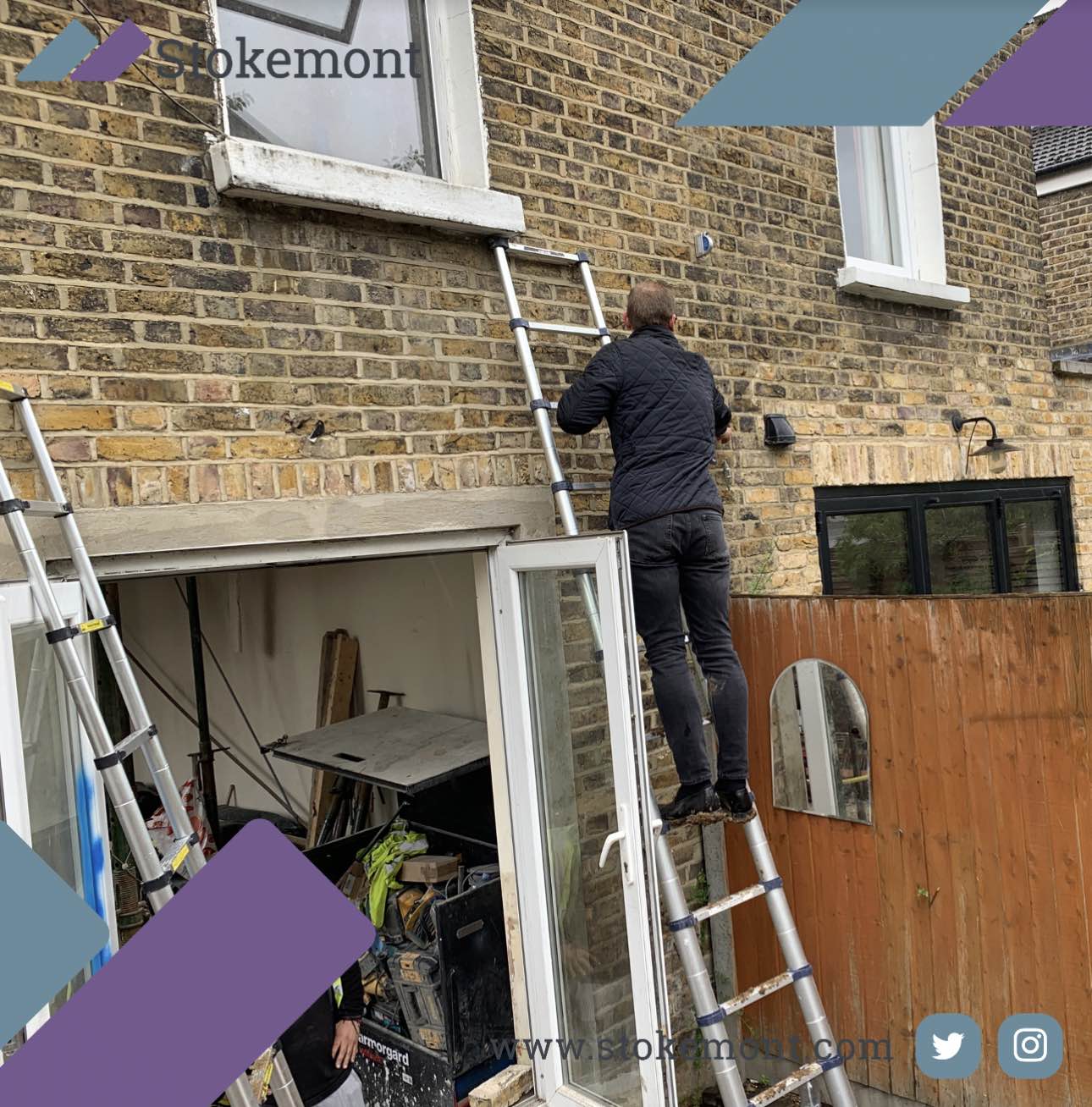In today’s property surveying blog post topic we are going to be looking at boundary surveying. In particular, we are going to be looking at what to expect from the boundary report once you receive it.
Boundary disputes are an incredibly common issue, prevalent across the entirety of the UK.
Here at Stokemont, our take on it is that many boundaries as there are, there are likely to be disputes.
Boundary disputes can arise for a number of reasons, however, in our experience, tend to be as follows:
- Changes to the locations of boundary fences;
- Adjustments to boundary walls;
- Ownership changes to properties;
- Development works to properties that interact with the boundary line;
- Discussion surrounding boundaries, their locations and directions;
- Works to driveways;
- Landscaping or gardening works.
All of these types of works will have some form of interaction of the location, plan and position of the boundary.
In many cases, the interaction resulting in one of the owners to whom borders the boundary taking a different opinion on where the boundary line should be, or should be set out.
It is important to note that if you are party to a boundary dispute, it is not an uncommon position to be in, and is actually incredibly conventional and normal.
The starting point would be to instruct an experienced and qualified boundary surveyor to visit the property, assess the issue and then advise you on their findings and opinion on the boundary line matter.
Assuming this opinion is aligned with yours, at that stage we would recommend the report is presented to your neighbour with the intention of opening discussions in an effort to resolve the matter/dispute. A lot of owners will believe the boundary report to be the all definitive step in having the matter resolved, however this is not always the case.
In fact, the boundary report can act as a very good starting point to discussion and gives your neighbour the opportunity to instruct their own boundary surveyor who will then likely inform them that the surveyor’s boundary report is agreed or disputed.
If it is agreed, it is just a matter of removing the issue, or abating the nuisance. Usually, this will mean adhering to the advice within the report. Whether this advice be the relocation of the fence, the installation of a new fence, or some form of other recommendation.
However, the advice could also result in the boundary surveyor’s opinion and report being disputed.
If this is the case, what you then have is two goal posts, or two ends of a dispute that the two respective boundary surveyors can then narrow and resolve.
The ultimate outcome being some form of agreed position on where the boundary should be, or if that isn’t possible, a short list of what items are in dispute.
At that stage, boundary surveyors will then look at what they can do to resolve the issue, in many cases entering into some form of negotiation and mediation with their respective clients and those who border the boundary in question.
If that fails, the ultimate outcome will be to progress to the courts, whereby the courts will either look at the information they have been provided by the respective boundary surveyors, or alternatively, they will appoint their own expertsto review and advise them, with that expert likely starting afresh and visiting both respective owner’s properties to better understand the matter in dispute.
Court procedures are an incredibly costly endeavour and with current court delays, it is likely that it could be many months before the courts are even able to see these types of non-urgent matters.
As a ballpark figure, we would advise that clients budget anywhere from £10,000 – £35,000 should the matter actually progress to court. These fees will be made up and be a combination of boundary surveyor professional fees, solicitor fees, court costs and if necessary, the input of specialist barristers.
A lot of owners will take the view that they want to go to court and that is the ultimate aim, however here at Stokemont, we would advise that it is avoided at all cost. The reason behind this is that there is no guarantee that the victor will ever recover their full costs. Ultimately should the matter go to court, it is also likely that the chance of future neighbourly relations at that stage are incredibly slim, if not impossible.
Boundary surveying matters on the face of it, appear to be simple. However, can quickly become protracted, confusing and complicated. Here at Stokemont, we will always advise that you take expert advice and ensure you are fully abreast of the matter in hand.
If you would like to discuss your boundary surveying matter with our team of qualified and experienced boundary surveyors, give us a call today and we will be more than happy to assist and advise you.




